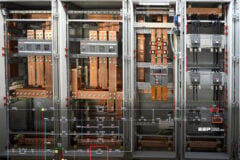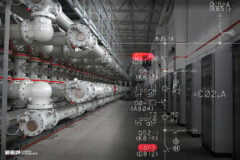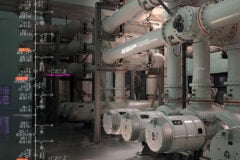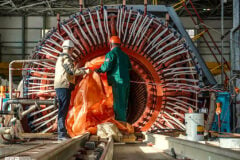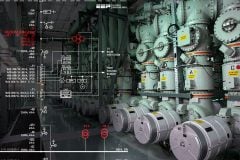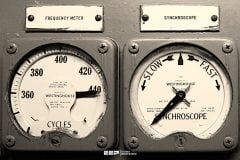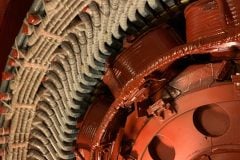Synchronization to the grid
Any power plant commissioning, from small industrial GTG (Gas-To-Gasoline) to nuclear facility, will converge to a very final step before (provisional) commercial operation, sometimes empathized as “first kW”: synchronization to the local or national grid. This is in fact a very critical phase of the installation, where mistakes in pre-commissioning or forced control variables to bypass that last permissive prevention to close the main MV breaker can easily lead to a disaster.
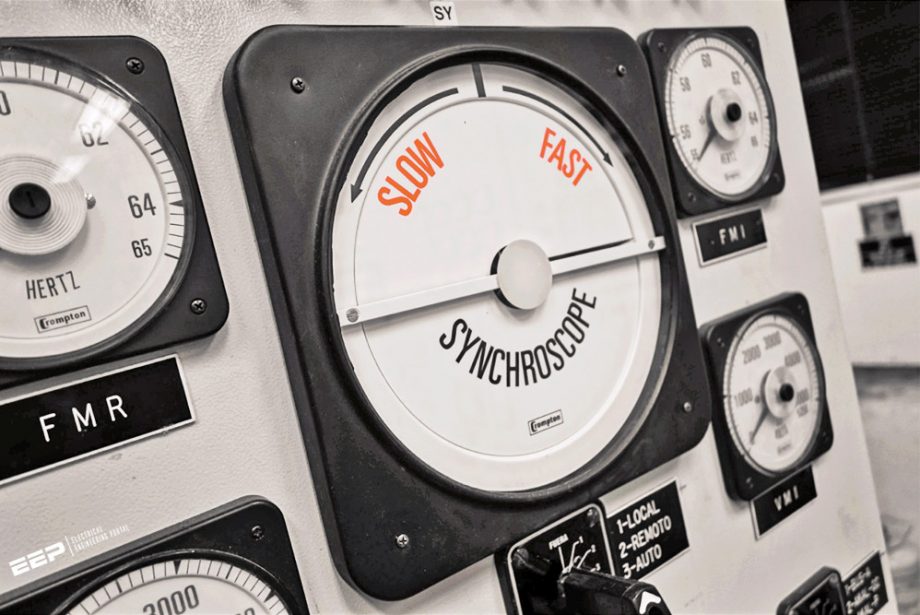
As common sense would suggest, synchronization of generator and grid implies that three key parameters of the two waveforms match within a certain window:
- Frequency
- Voltage
- Phase Angle
This condition is verified by a synchro check device, that may be integrated in the main IED protecting the generator as ANSI 25C function and obtained acting on governor and AVR either manually or via an automatic synchronization card, that will send the closing command to the MV switchgear control circuitry finally closing the main circuit breaker (52G).
Check on instrumentation and protection
Before initiating the synchronization sequence, regardless of the fact that all factory test reports, pre-commissioning, and commissioning certificates are available a final check of proper protective functions in the live condition is due.
To perform this key activity all the instrumentation connected to the protection relay including VT via (possibly) primary and secondary injection, and CT via polarity test must be rechecked. Obviously, all other subsystems including prime mover and driven skid shall be fully commissioned, hardwired control loops checked (with special focus on trip signals), communication (soft link) established.
All panels including the MV Switchgear station and excitation panel (AVR) shall be energized and ready.
In phase 2 earth switch is closed to start the short circuit tests, which will imply a soft ramping of excitation current and measuring armature currents at different field excitation current. An ANSI 87 (differential) protection is simulated changing the ratio of one CT.
In this phase, both proper excitation system functioning and actions of a differential system that is one of the cornerstone protections will usually trigger both a prime mover trip and a fast de-excitation of the generator.
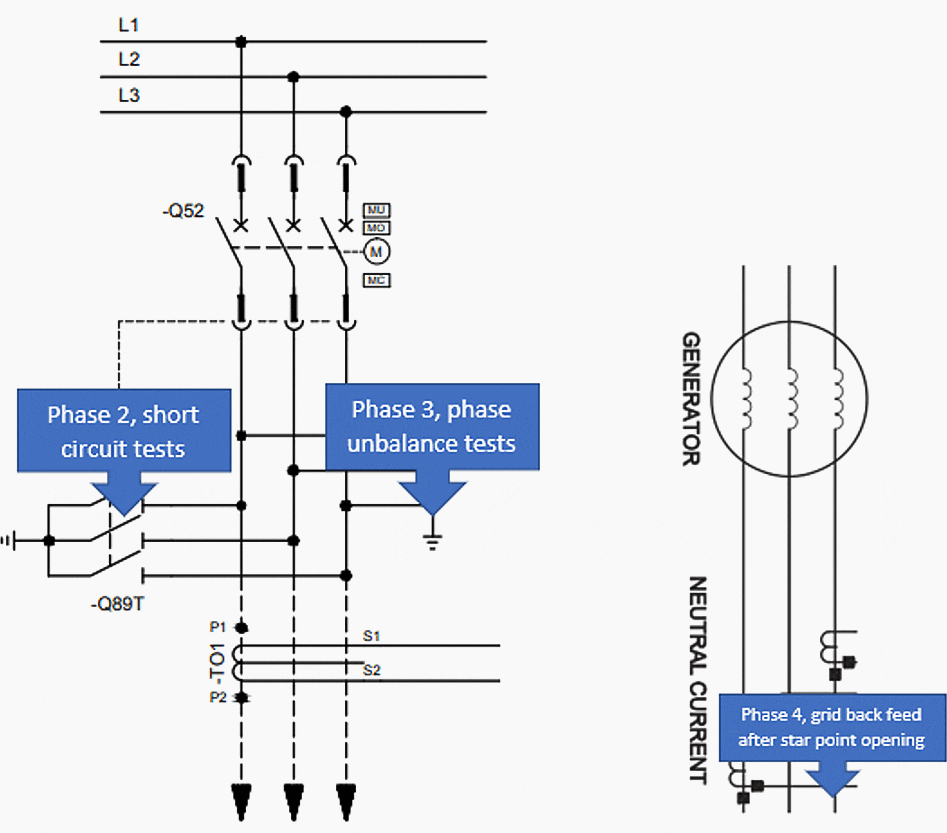

Phase 3 will involve an unbalance of the three-phase system connecting to the ground one of the phases and obviously removing the shorting link, in this way 51G and 67N protection (via toroidal or ZCT) will be tested.
Phase 4 will finally check the phase sense of rotation after back feeding the system (closing 52G breaker after opening the star point link), phasor visualization of a digital protective relay will help to check that rotation is coherent. Finally, voltage waveforms (usually phase to phase, e.g. U to V secondaries) to synchro check system and automatic synchronization system are measured and visualized.
Now the synchronization system has all the inputs (and a working protective relay as a backup in case of troubles) to interconnect our system to the grid.
Voltage and frequency
Grid frequency is usually a very stable parameter, and definitely, it will be during a plant synchronization (you don’t want to connect a new unit to the grid during a thunderstorm!). For historical reasons, two main values coexist, 50Hz and 60Hz, and prime mover, usually after being duly commissioned, has no trouble reaching the revolutions per minute needed to match the grid value.
Matching the voltages is on the contrary a little trickier. For MV applications in fact it is unpractical to have a direct measuring of the voltage, a potential transformer (PT or VT) is hence interposed and readings are hence affected by the ratio and performance of the two devices used to measure the voltage upstream and downstream the breaker object of the synchronization.


